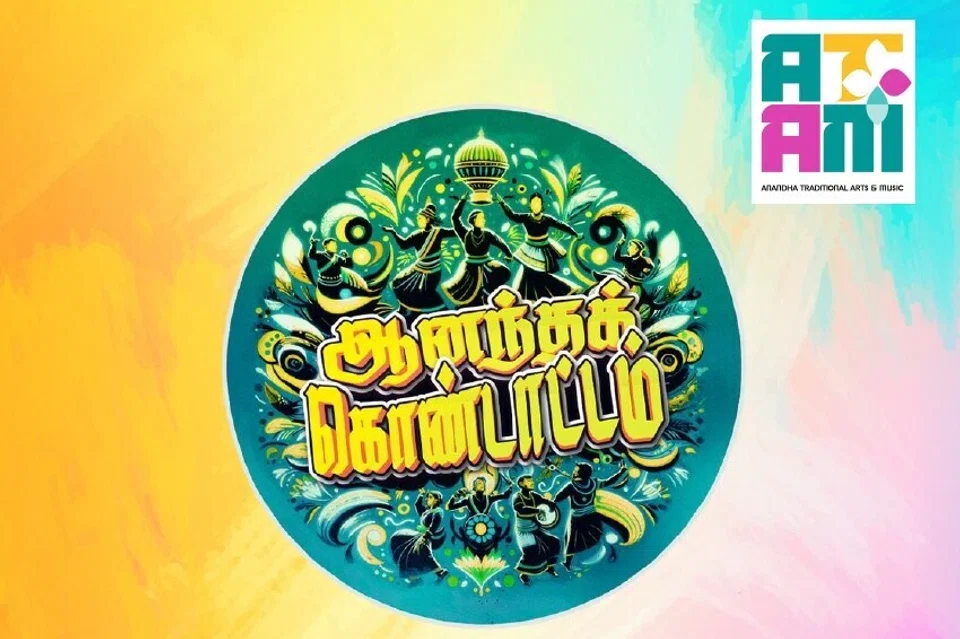The second edition of Anandha Kondaattam, a Singapore Indian traditional folk arts festival, will be held this weekend. It promises to offer an immersive journey through the diverse folk art forms of India, with a particular focus on regional styles, performed by local artists.
Organised by Anandha Traditional Arts and Music (ATAM), the celebration will be held on Aug 29 and 30 at Singapore’s Esplanade Theatres by the Bay.
Here are some Indian folk art performances highlighted this year.
1. Among the highlights of this year’s program is Koli, originating from Maharashtra. Known for its upbeat tempo and infectious rhythm, the Koli dance reflects the maritime life of the Koli fishing community. Dancers mimic the actions of rowing boats, casting nets, and celebrating the fruits of the sea. The dance form is a tribute to the community’s livelihood, and is usually accompanied by the dhol or dholak and cymbals.
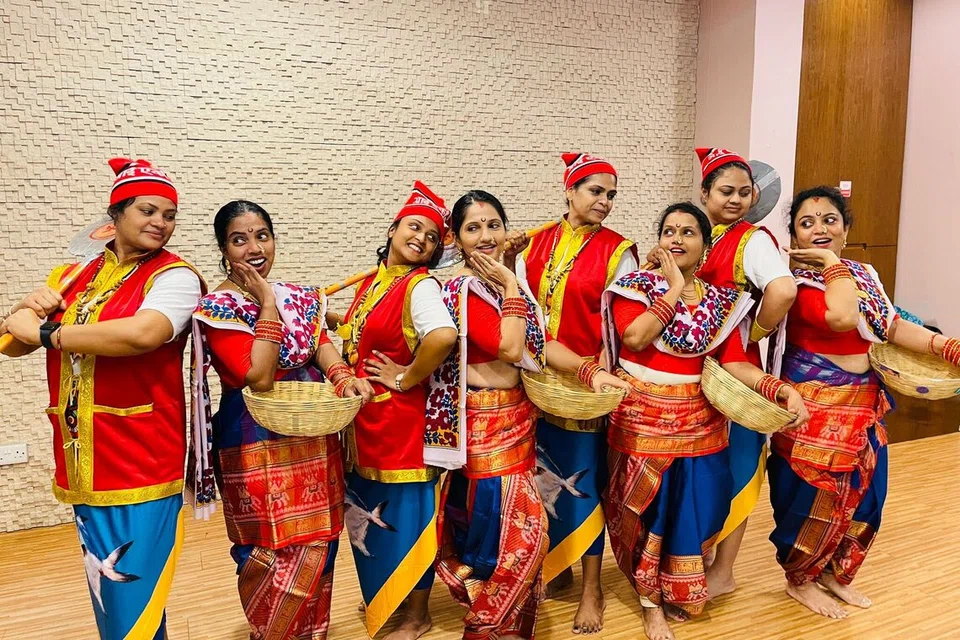
2. In stark contrast, the Kalbeliya dance from Rajasthan invites audiences into the mystical world of snake charmers. Traditionally performed by the Kalbeliya community, the dance evokes the fluid and serpentine motions of the snake. Female dancers are dressed in flowing black skirts and adorned with intricate jewelry, accompanied by instruments such as the dholak, morchang, and pungi.
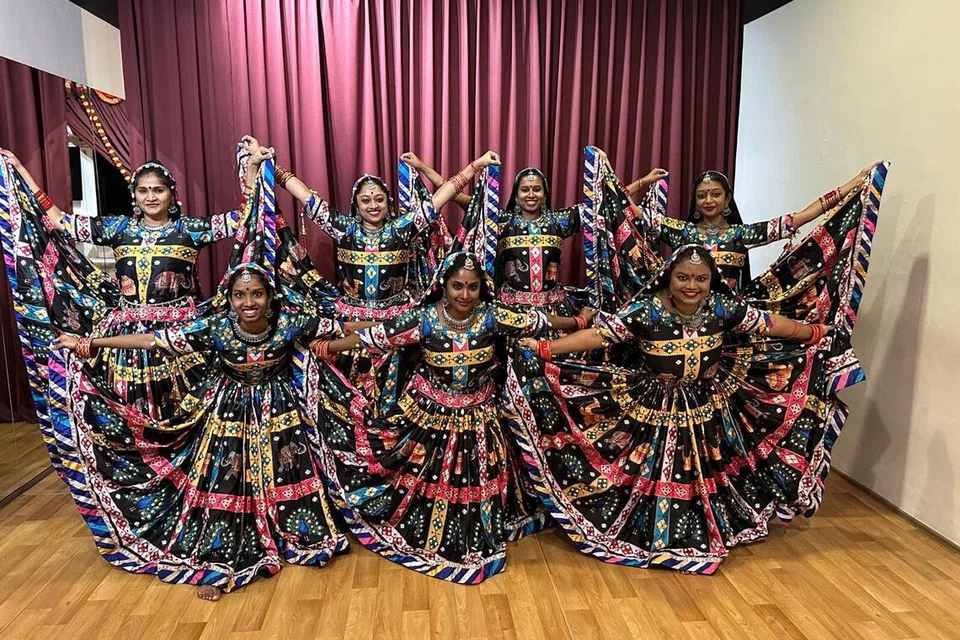
3. From the coastal state of Kerala, Oppana brings a distinctly different energy to the stage. Often performed at pre-wedding celebrations, this dance is mostly performed by women of the Mappila Muslim community. With lyrics sung in Arabi-Malayalam, the performance draws heavily from centuries of Arab-Indian cultural exchange, offering a window into the rich history of cross-cultural influence that has shaped Kerala’s identity.
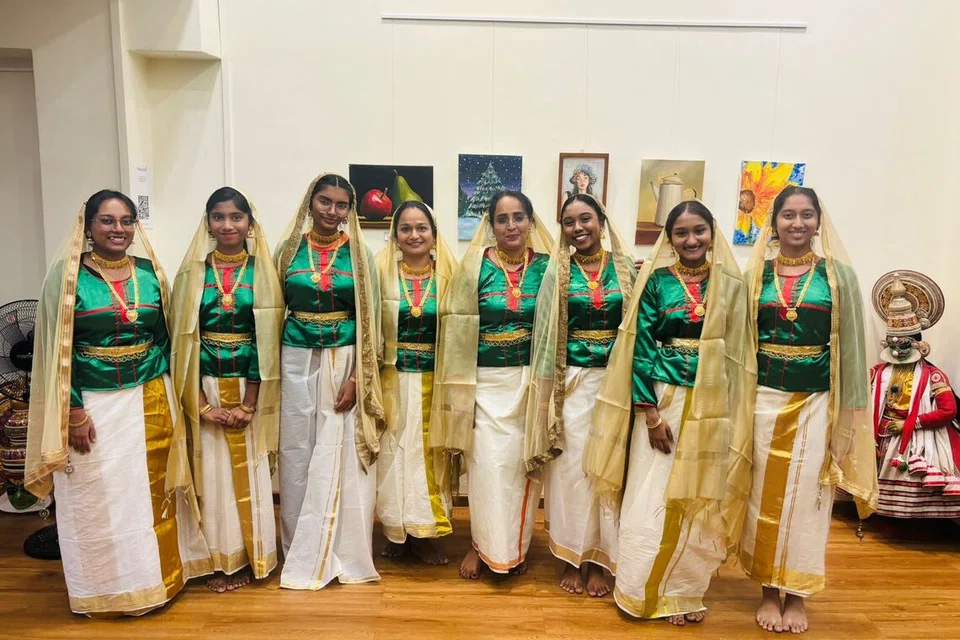
4. The Santhal dance, originating from India’s tribal heartlands in West Bengal and Jharkhand is performed by the Santhal tribe, one of the country’s largest indigenous communities. The dance celebrates the changing seasons and fertility. Dancers move in large, synchronized formations, creating a collective rhythm that echoes the pulse of the forest itself.
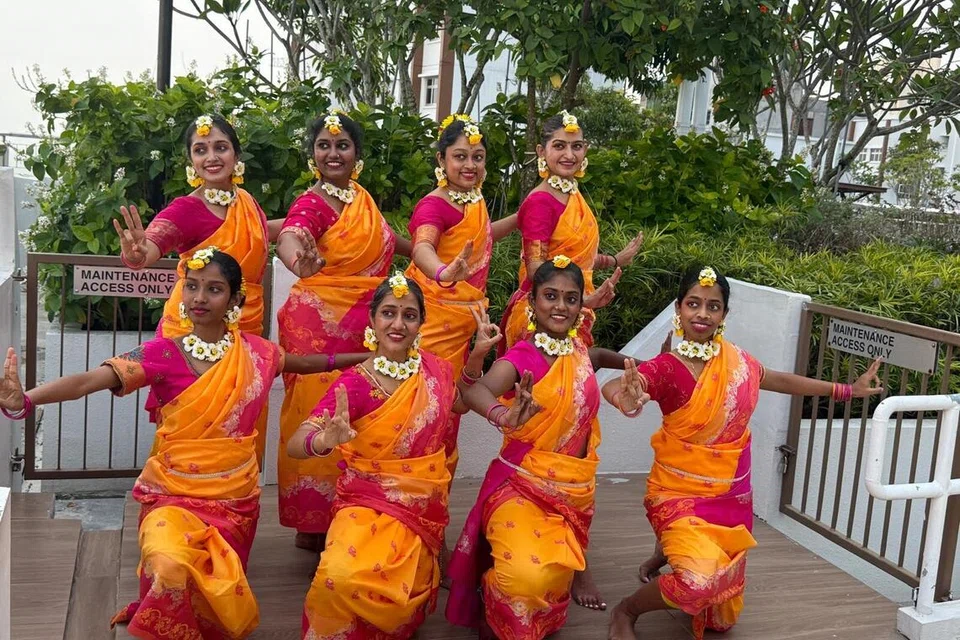
5. No festival celebrating Indian folk traditions would be complete without a nod to the celebrations of Gujarat. Garba, emblematic of the region, is a circular dance traditionally performed around during the Hindu festival of Navratri, and honours goddess Durga. Mandavadi adds an extra spectacle, wherein dancers balance triangular lamp-lit structures on their heads.
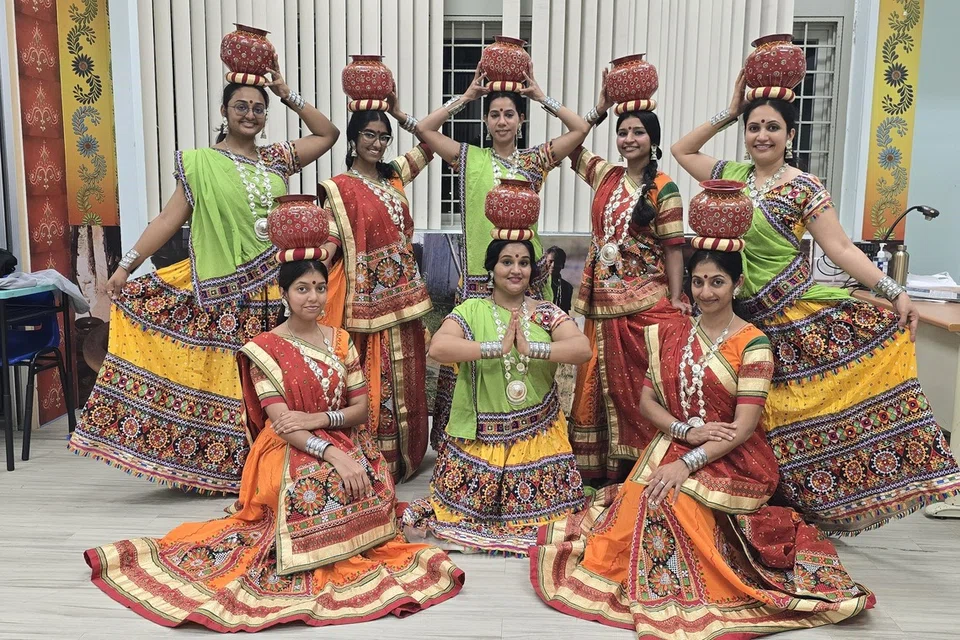
6. One of the most widely recognised of the Indian folk forms, Bhangra and Giddha, are the heart of Punjab’s cultural identity. Bhangra, a high-energy dance of harvest celebrations, is closely associated with the Vaisakhi festival, celebrated between April and early May. Known for its vigorous movements, Bhangra reflects the joy and exuberance of agrarian life, while Giddha, performed by women, balances the energy with lyrical storytelling and grace.
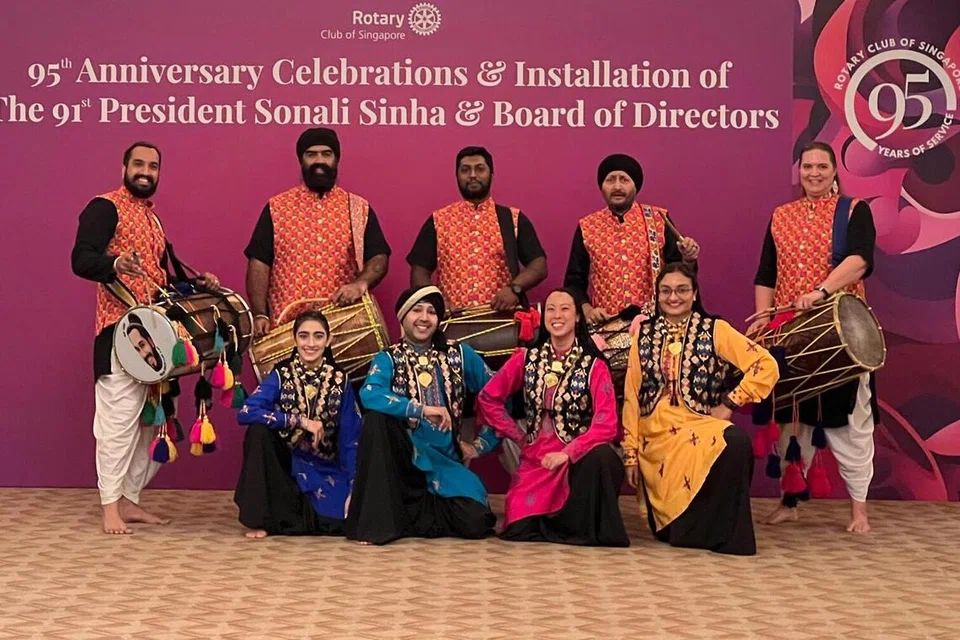
The festival’s inclusivity extends beyond its programming to the spirit of collaboration. With over 18,000 attendees in person at last year’s inaugural festival and thousands more joining through livestream, the second edition of the festival is sure to entertain.
ATAM, a nonprofit dedicated to preserving and promoting India’s living cultural traditions, founded the festival to foster a deeper connection between generations and to celebrate the collective vibrancy of India’s varied art forms. While Tamil traditions will take center stage, the festival’s programming intentionally broadens the lens to showcase a wider gamut of non-Tamil folk practices from India’s far-flung corners.
“Anandha Kondaattam gives newer members of the Indian community in Singapore an opportunity to connect with these traditions, and to better understand how they form part of Singapore’s wider multicultural identity,” said Minister of State for Culture, Community and Youth and Minister of State for Manpower, Dinesh Vasu Dash.
Chairman of ATAM, Mr Raja Segar, said: “There must be more platforms to perform. If practice and performance are sustained, that art form will become part of the community and will define who we are more deeply.”
Admission to the festival is free, making this a rare opportunity for locals and visitors alike to experience India’s traditional performing arts. For more information visit atam.sg.
